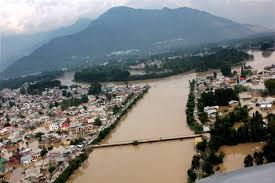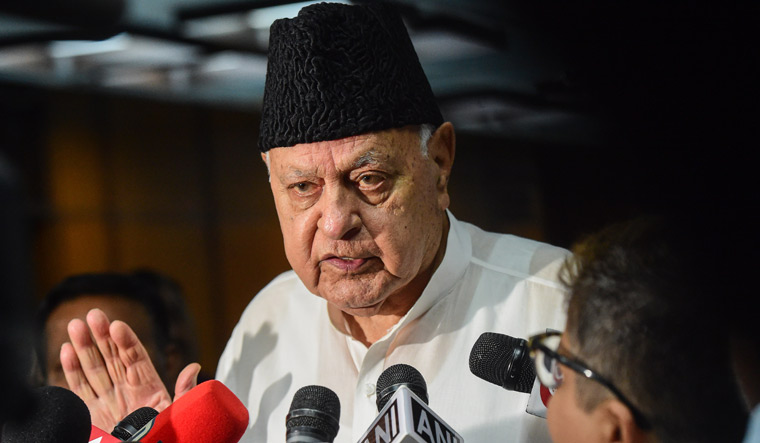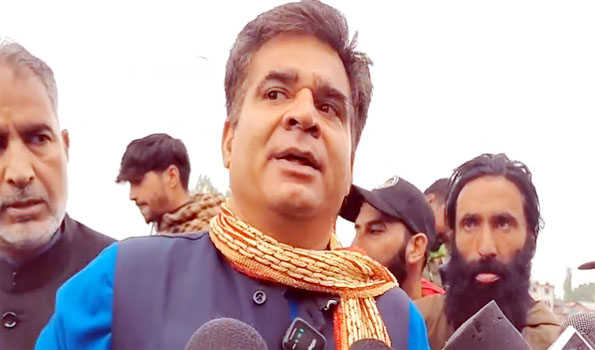There has been little improvement in establishment of a modern flood forecast system in Kashmir following the 2014 devastating deluge in the Valley, with the central water commission (CWC) allegedly sitting on several initiatives to build the hi-tech early warning system in the region.
A source said the CWC, the main authority for monitoring floods across the state, had cleared Rs 82 crore project to set up telemetry system (automatic level recorder) on river Jhelum at 15 different vulnerable spots to get round-the-clock data about the discharge in the river body. The central agency was also to increase the number of gauge systems on Jhelum from present 7 to 14.
The source said the steps were aimed at making flood warning system fully functional on Jhelum that originates in south of Kashmir and after snaking through Srinagar and north Kashmir crosses over to Pakistan administered Kashmir.
But, despite clearance, there has been no progress on either of the proposals. “Forecasting-wise, Kashmir continues to remain as vulnerable to floods as it was prior to 2014,” said the source.
In 2015, a parliamentary panel on water resources that visited Kashmir slammed the CWC for continuing to elude installation of warning systems in Kashmir.
“The fact that central water commission has no forecasting network in J&K reveals an appalling gap in flood management efforts of government which was exposed to public glare during unprecedented flood in the state in 2014,” reads the report of Standing Committee on Water Resources, River Development and Ganga Rejuvenation.
The CWC, which carries out forecasting activities on major rivers across different states and predicts flood as per increase in flow in water bodies, has already set up the telemetry system in different states including MP, Tamil Nadu and Gujarat.
Besides, the CWC has only one flood forecasting system set up at RamMunshi Bagh in Srinagar, though it had to set up two other such systems at Sangam in Anantnag (upstream) and Asham in Bandipora (downstream) on Jhelum.
J&K was the first state that had submitted a detailed project report for developing modern early warning system on the directions of the CWC which had mooted the proposal to cover the vulnerable states including J&K, almost seven years ago.
At present, the data about discharge in the rivers is being collected manually owing to failure of the agency to install the automatic systems.
An official in J&K flood control department said they had even identified and earmarked the land along Jhelum for developing the early warning system.
The CWC’s Kashmir unit is also facing problems on manpower front from 2010, with the deputy director who is supposed to work from here operating from Jammu. In 2010, the sources said, the deputy director had moved back to New Delhi, never to return again.
The job of the unit headed by deputy director CWC was to monitor flood management projects and Jhelum beautification scheme.
Kashmir was hit by the devastating flood in first week of September 2014 after a week-long rainfall that caused Jhelum to swell and breach its embankments. Post floods, the Valley has been witnessing irregular weather phenomenon with heavy rains creating flood panic quite often.
On Wednesday, chief engineer, Indus Basin Organization, CWC, Atul Jain told Kashmir Post to mail him the queries about the issues. He however neither respond to the mail nor to the repeated phone calls from this newspaper.






